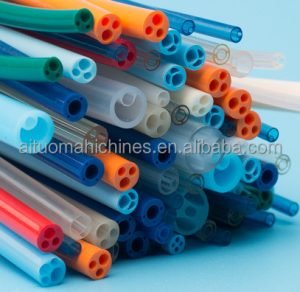Choosing a medical catheter can be a crucial decision as it directly impacts patient care and comfort. With a wide range of catheters available in the market, it is essential to consider several factors to ensure the appropriate selection. In this guide, we will discuss important considerations when choosing a medical catheter.
- Purpose: Determine the specific purpose for which the catheter is required. Catheters serve various medical needs, including urinary drainage, intravenous access, angiography, and more. Understanding the intended use will help narrow down the options.
- Catheter Type: There are different types of catheters available, each designed for specific applications. Foley catheters are commonly used for urinary drainage, while central venous catheters are used for long-term intravenous access. Peripheral venous catheters are suitable for short-term intravenous therapy. Select the catheter type that aligns with the intended purpose.
- Size and Length: Catheters come in different sizes and lengths, and selecting the appropriate dimensions is crucial for patient comfort and effectiveness. The size is usually indicated by the French (Fr) scale, which measures the diameter. Length should be chosen based on the patient’s anatomy and the specific procedure or application.
- Material: Catheters are made from various materials, including silicone, latex, and polyurethane. Consider patient allergies, sensitivity, and potential adverse reactions when selecting a catheter material. For example, latex allergies are common, so choosing a latex-free catheter may be necessary for some patients.
- Balloon Capacity: In the case of catheters with balloons, such as Foley catheters, consider the balloon capacity. Balloon capacity determines the amount of fluid needed to inflate the balloon to secure the catheter in place. It is important to choose the appropriate balloon capacity to ensure proper anchoring without causing discomfort or trauma.
- Compatibility: When selecting a catheter, ensure compatibility with other medical devices that will be used concurrently. For example, if the catheter will be connected to a drainage bag or an infusion pump, make sure the connections are compatible to ensure smooth functioning.
- Sterility: Maintaining sterility is vital to prevent infections and complications. Ensure that the catheter is sterile and packaged appropriately. Look for catheters that are individually wrapped and sealed to guarantee their sterility until the time of use.
- Manufacturer Reputation: Consider the reputation and track record of the catheter manufacturer. Look for companies with a history of producing high-quality, reliable products. Research the manufacturer’s certifications and adherence to regulatory standards to ensure compliance with safety and quality requirements.
- Healthcare Provider Input: Consult with healthcare professionals, such as doctors or nurses, who have experience and expertise in catheter selection. They can provide valuable insights based on their knowledge and the specific needs of the patient.
- Cost and Insurance Coverage: Consider the cost of the catheter and whether it is covered by insurance. Balancing quality and cost is important, but prioritize patient safety and comfort over price whenever possible.
In conclusion, choosing a medical catheter requires careful consideration of factors such as purpose, type, size, material, balloon capacity, compatibility, sterility, manufacturer reputation, healthcare provider input, and cost. By evaluating these factors, you can select a catheter that meets the specific needs of the patient, ensuring optimal care, comfort, and safety. Always consult with healthcare professionals for personalized guidance in making the best catheter selection.



